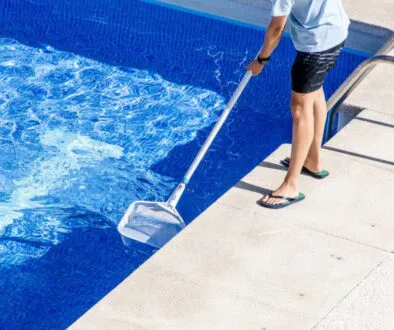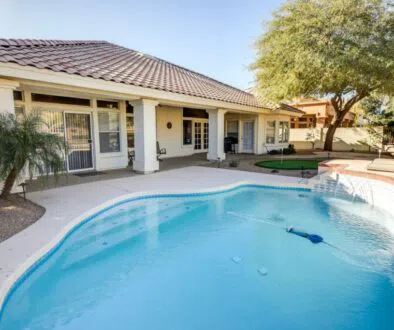Free Chlorine Vs Total Chlorine: What’s The Difference?
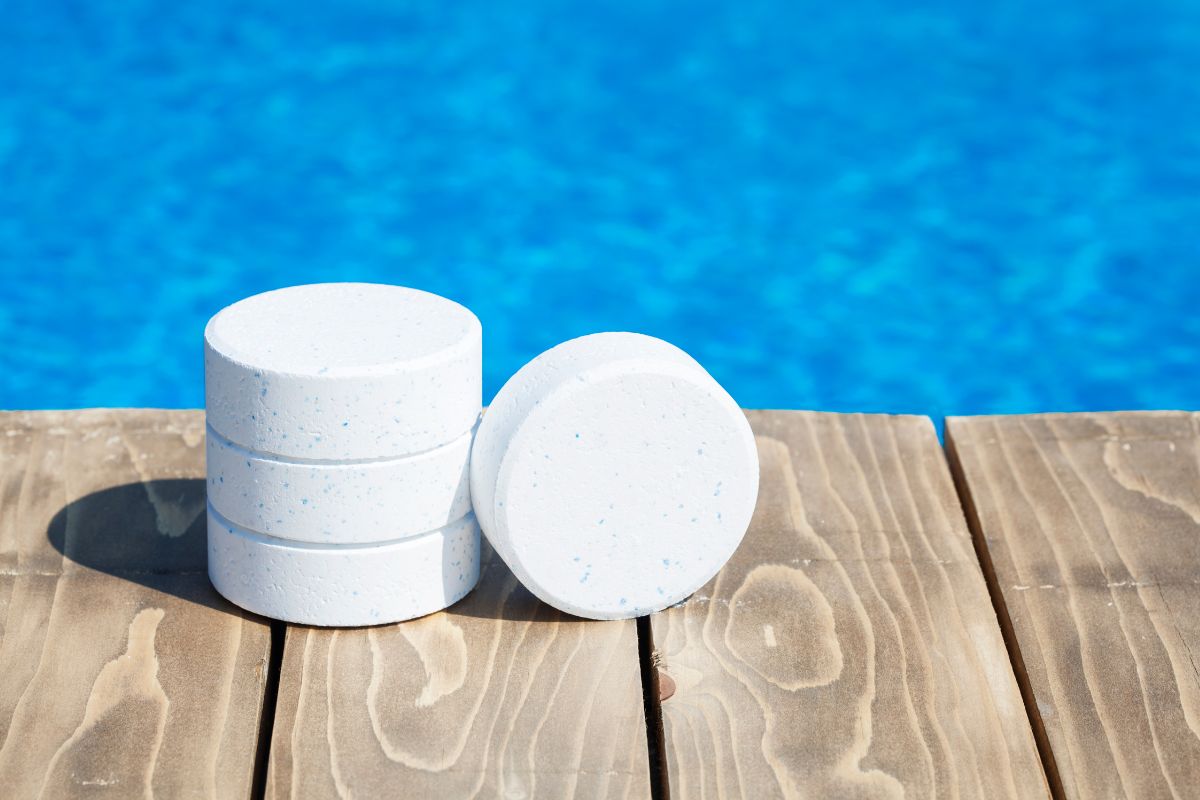
Published May 27, 2024
A clean and safe pool water is essential for swimmers’ enjoyment and health. Chlorine is a strong chemical widely used to sanitize pool water. It kills harmful bacteria and microorganisms. For optimal pool maintenance, it’s essential to understand the different types of chlorine: free, combined, and total.
In this article, we’ll examine the differences between free chlorine vs total chlorine and explore chlorine’s crucial role in maintaining a clean and hygienic pool.
What Is Chlorine?
Chlorine is a common chemical element. It’s widely used to sanitize water, ensure it’s safe for drinking and recreation, and kill bacteria and other microorganisms. Through a chemical reaction, it makes hypochlorite ions and hypochlorous acid.
These compounds are strong disinfectants. They can break down harmful contaminants in water treatment facilities and swimming pools. The use of chlorine is essential for maintaining clean and safe water environments.
How Does Chlorine Keep Pool Water Clean And Safe?
Chlorine sanitizes pool water by generating hypochlorite ions and hypochlorous acid. Both effectively eliminate bacteria and microorganisms, ensuring the water remains clean and safe. Hypochlorous acid, a potent disinfectant, penetrates the cell walls of pathogens, neutralizing them. The process is essential for keeping pools clean. It prevents waterborne illnesses, making chlorine key for pools.
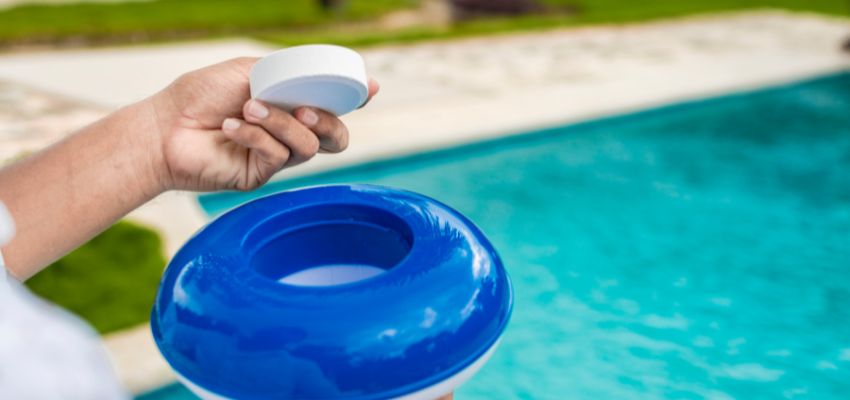
Benefits Of Chlorine
Chlorine offers several benefits as a pool sanitizer:
- Cost-effective. It’s relatively inexpensive compared to other sanitizing agents. It’s a popular option for both residential and commercial pools.
- Easy to use. Chlorine can be added to pool water as tablets, granules, or liquid, allowing homeowners to choose the most convenient method.
- Long-lasting protection. Chlorine offers extended protection against water re-contamination. It continues to work after the initial application, keeping the water safe and clean for swimmers over an extended period.
In addition to these benefits, chlorine is widely available and has been extensively researched. It gives homeowners peace of mind, relying on its effectiveness and safety.
What Is Free, Combined, And Total Chlorine?
Chlorine is widely employed in water treatment to ensure safety and cleanliness. It appears in three distinct forms: free, combined, and total. Knowing the differences between free chlorine vs total chlorine is vital for efficient water management.
Free Chlorine
Free chlorine refers to the chlorine available for sanitizing contaminants in the water. This form of chlorine is “free” to eliminate harmful microorganisms, such as bacteria and viruses. Doing so makes it essential for maintaining clean and safe pool water.
Monitor and adjust free chlorine regularly. This helps ensure the pool stays clean and safe for swimming and protects users from health risks.
Combined Chlorine
Combined chlorine has already reacted with contaminants in the water, such as urine, sweat, or other organic matter. Its presence means some sanitation occurred. But, high levels of combined chlorine can cause foul odors, skin and eye irritation, and worse water quality.
A clean and adequately disinfected pool will have zero combined chlorine. By consistently maintaining the proper levels of free chlorine, you can prevent the presence of combined chlorine in your pool water.
Total Chlorine
The total chlorine level is the combined amount of free and combined chlorine. Free chlorine is chlorine available for sanitizing and disinfecting, while combined chlorine is chlorine that has reacted with contaminants.
Monitoring total chlorine levels is crucial. It maintains adequate water sanitation and a clean environment. In clean water, total chlorine measurements can show the amount of free chlorine. Combined chlorine levels should be zero.
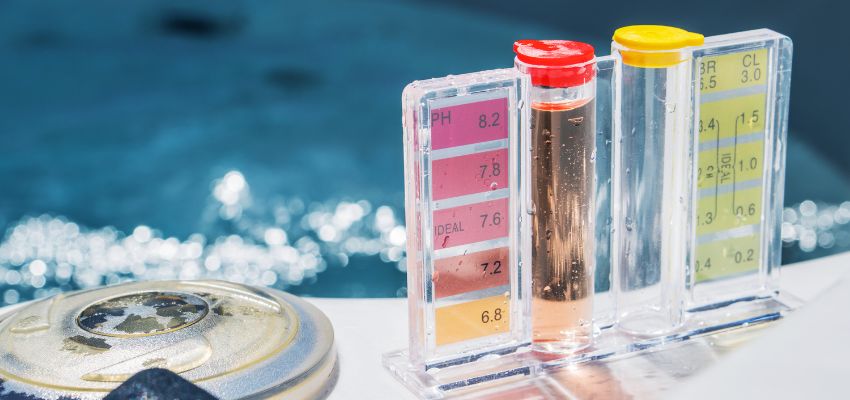
Testing Pool Water For Free, Combined, And Total Chlorine
Testing pool water for chlorine levels is essential for proper maintenance. Regular testing helps maintain a safe and clean pool environment by preventing the growth of harmful bacteria and algae, ensuring health and clarity.
There are three main methods for testing chlorine levels:
- Chlorine test strips. Convenient and easy to use. Dip the strip into the pool water, and the color will change based on the chlorine levels. Compare the color of the solution to a color chart using the test strips to determine its concentration, making it ideal for quick checks.
- Test kits. The procedure involves adding reagents to a water sample and comparing the resulting color change to a provided chart. There are liquid reagents and tablet kits. Most take more time than test strips but often provide more accurate results, including the pH and alkalinity.
- Electronic/digital testers. These devices offer digital readouts of chlorine levels for precise measurements. They’re helpful if you want accurate readings or frequent testing. Some digital testers can also store data and provide readings for other chemical levels. Generally, these versatile tools are indispensable for pool maintenance.
These methods in your regular pool maintenance will give you peace of mind. You will know your pool stays safe, clean, and inviting.
Safe Chlorine Levels For Pool Water
Maintaining proper chlorine levels is crucial for ensuring safe and clean pool water. Chlorine helps eliminate harmful bacteria and keep the water clear. Here are the key parameters to monitor:
- Free chlorine. The concentration should be between 2 and 4 PPM (parts per million) to effectively eradicate bacteria and other pathogens.
- Combined chlorine. It should be less than 0.5 PPM to avoid unpleasant odors and irritation.
- Total chlorine. Ideally, it should match the levels of free chlorine most of the time.
Regularly testing and adjusting these levels will help maintain a healthy swimming environment.
Frequently Asked Questions About Free Chlorine Vs Total Chlorine
What steps should I take if total chlorine levels exceed free chlorine?
If total chlorine levels exceed free chlorine, it signifies a high presence of combined chlorine. Simply subtract the amount of free chlorine from the total chlorine to determine the amount of combined chlorine. In such cases, the pool may require shocking—a process that involves adding a substantial amount of chlorine. The aim is to raise free chlorine levels and eliminate combined chlorine. Doing so helps reduce odors and irritation.
How can I raise the levels of free chlorine in my pool?
Add chlorine to the pool until the desired readings are reached to elevate free chlorine levels. This ensures sufficient chlorine is available to sanitize the water continuously.
Why is my total chlorine high while my free chlorine remains low?
High total chlorine combined with low free chlorine indicates elevated combined chlorine levels. This scenario often necessitates shocking the pool to break down the combined chlorine and restore adequate sanitation. If you want fast and efficient results for your pool, consider partnering with reputable Boca Raton pool services.
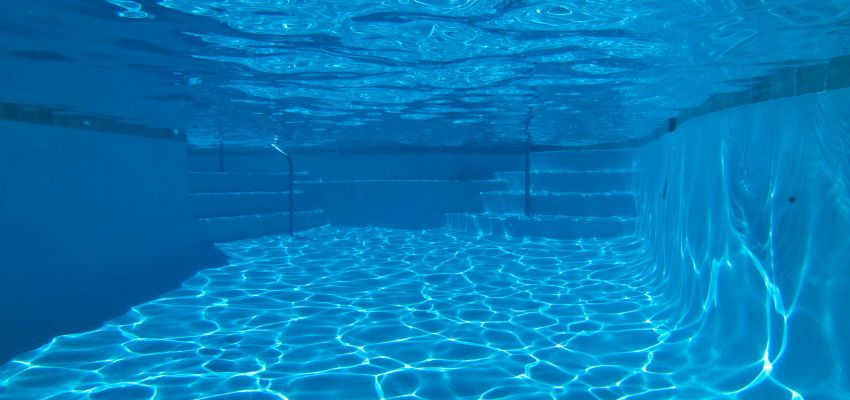
Ensuring A Clean And Safe Swimming Experience
Understanding the differences among free chlorine vs total chlorine and combined chlorine is crucial for keeping a clean and safe pool. Regular tests and managing chlorine well are also vital. They prevent waterborne sickness and ensure a fun swim. Pool owners can keep their water clean by following guidelines and knowing chlorine levels. Doing so lets them enjoy a healthy pool all season.
Hire Boca’s Favorite Pool Builders
Excel Pool and Patio Solutions is your trustworthy provider of pool services in Boca Raton. We are experts in pool and patio remodeling and can handle your resurfacing needs as well. Our technicians are vetted and trained for your guaranteed satisfaction. Get to know us by browsing our website or reaching out to us with any questions.
Contact our team today to request a free estimate for pool construction, maintenance, repairs and more.
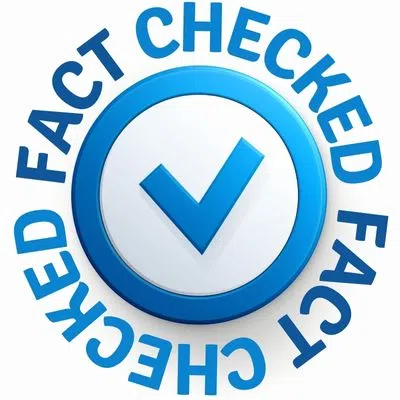
Fact Checked By Experts
This is original content and has been diligently fact checked by our internal team of experts. Discover more about the rigorous editorial standards we uphold for our website here.

About The Author
Hello! I am Corinne, a graduate of Riverside College. My career has evolved into focusing on writing, where I deliver high-quality and meticulously researched content. I have a proven track record of developing helpful articles that engage a wide variety of readers.

